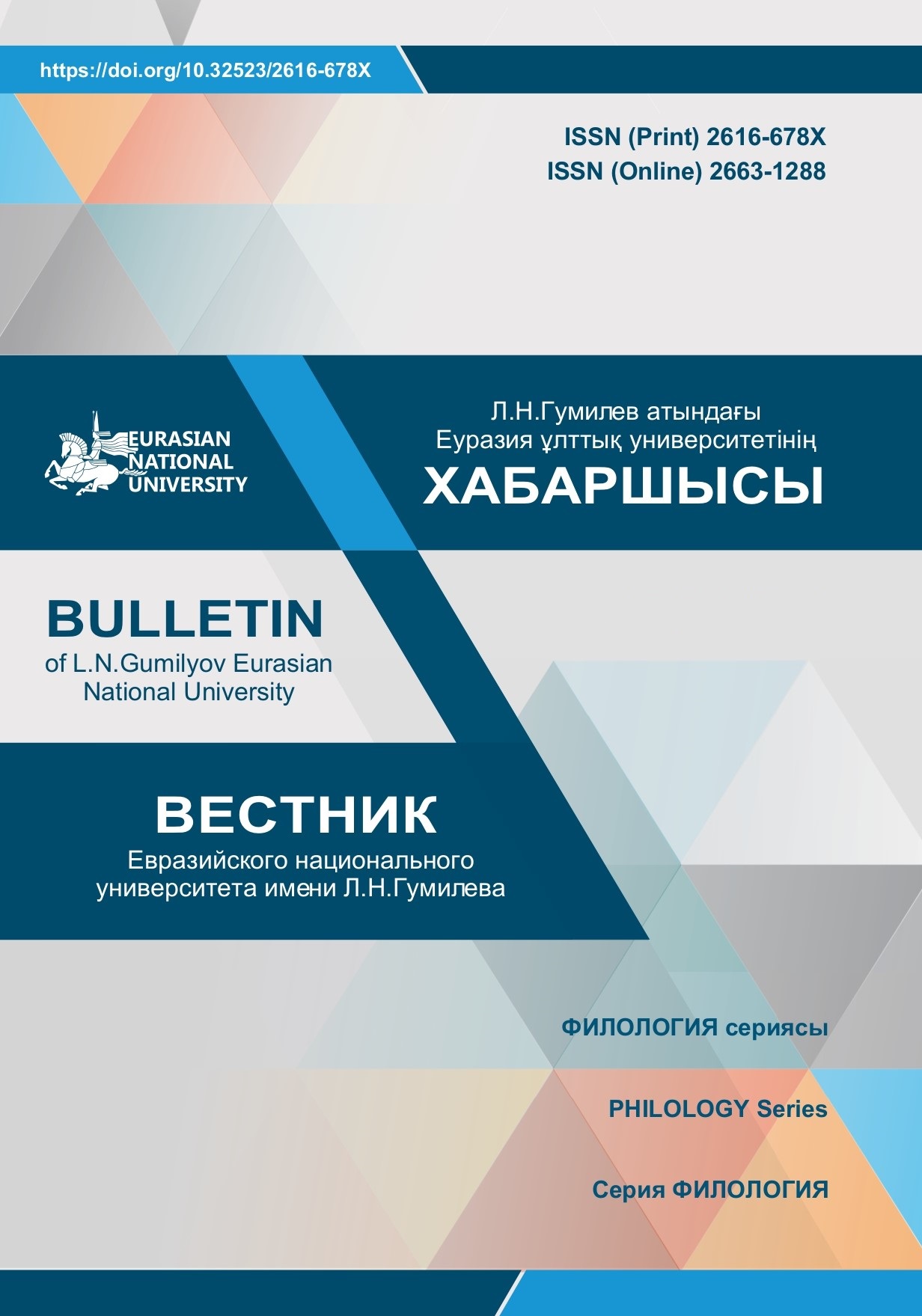The phonematic principle of the Kazakh script based on Latin graphics
Views: 431 / PDF downloads: 342
DOI:
https://doi.org/10.32523/2616-678X-2023-142-1-8-14Keywords:
Latin graphics, phonematic principle, phoneme, grapheme, law of economy, orthoepic rules, sound transformations, elision, prothesisAbstract
The article is aimed at demonstrating the phonematic principle of the Kazakh language in accordance with the transference to Latin graphics. The phonematic principle is considered predominant in writing, and it implies that one grapheme must be used to denote one phoneme. The research of writing principles is reviewed, and the advantages of transferring the language into Latin graphics are demonstrated with a variety of examples. The transformation of Kazakh sounds in the flow of speech is examined in detail. It is revealed that such transformations occur due to the influence of neighboring sounds. Despite various alterations in speech, the new writing system encodes the main (or dominant) variants of phonemes with correspondent graphemes. This corresponds to the law of economy which is widespread in contemporary alphabets of the world. The research is carried out with the help of the methods of auditory and acoustic analysis, and theoretical analysis along with the experimental-phonetic method.







